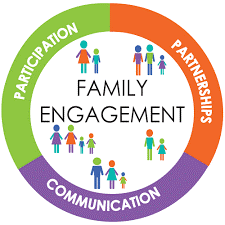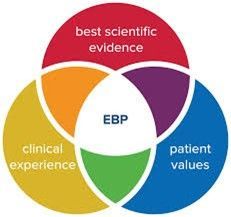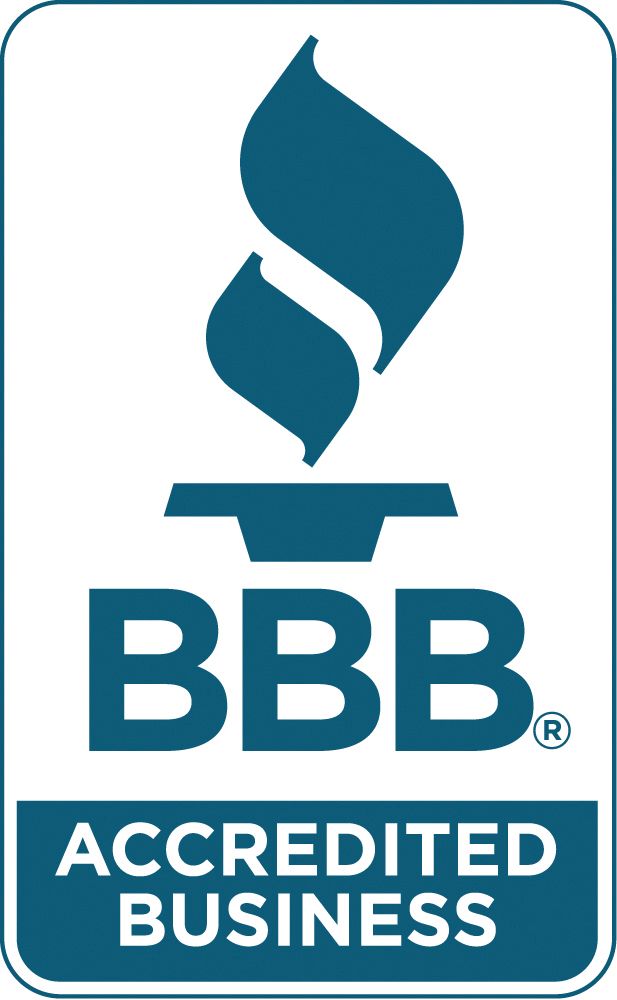Improving Family Engagement: Using Active Efforts Approach
Despite existing approaches, agencies still have difficulty increasing family engagement.

With the implementation of the Families First Preservation and Services Act (FFPSA), family engagement is one of the critical components of improving care. This element is primarily focused in a congregate or residential setting. This type of placement, known as a Qualified Residential Treatment Program (QRTP), needs more family involvement. Approaches exist that point agency in the right direction to improve their strategies.
Yet, despite these methods, agencies still have difficulty increasing family engagement. As indicated in our article on Child and Family Team participation, agencies have challenges getting parents and extended family members to participate in treatment. If the FFPSA requires more families to take part in their child's treatment without new or modified approaches, it will not occur.
One way to re-think family engagement is to borrow a page from the "Active Efforts" concept used in the Indian Child Welfare Act. According to the Judicial Council of California, “Active efforts are described in the Indian Child Welfare Act (ICWA) as important steps in providing remedial services and rehabilitative programs to prevent the breakup of the Indian family.” The rationale for going beyond the conventional approaches in working with family members of Indian families was that the families felt shame and guilt and were afraid to participate. They did not want to, at times, admit their heritage or even bother to get themselves help. This hesitation was for many reasons, including isolation and historical trauma. The Bureau of Indian Affairs provides examples of these efforts.
Translated to the residential facility, other illustrations of these active efforts from a residential facility’s perspective are finding ways to get family members to the facility to participate in care, removing barriers to their participation, using Zoom and other approaches to help families meet with the youth, helping the family with their needs such as counseling or parenting classes, and general education about the process.
The one significant barrier for parents in family engagement is their guilt about their child being in care. Parents tend not to participate because they do not want the finger pointed at them as the "bad parent." Active efforts such as education, resources for the parent, and simply listening to the parents' needs make a difference in their receptiveness to care. To make parents feel more comfortable, the agency staff needs to have a "whatever it takes" approach rather than an "I tried, but it didn't work" mentality.
Using ICWA philosophy to help families may improve their understanding of care, remove their resistance to helping their child, and lead to better outcomes for all.




